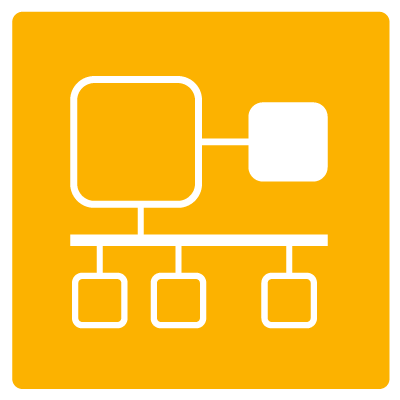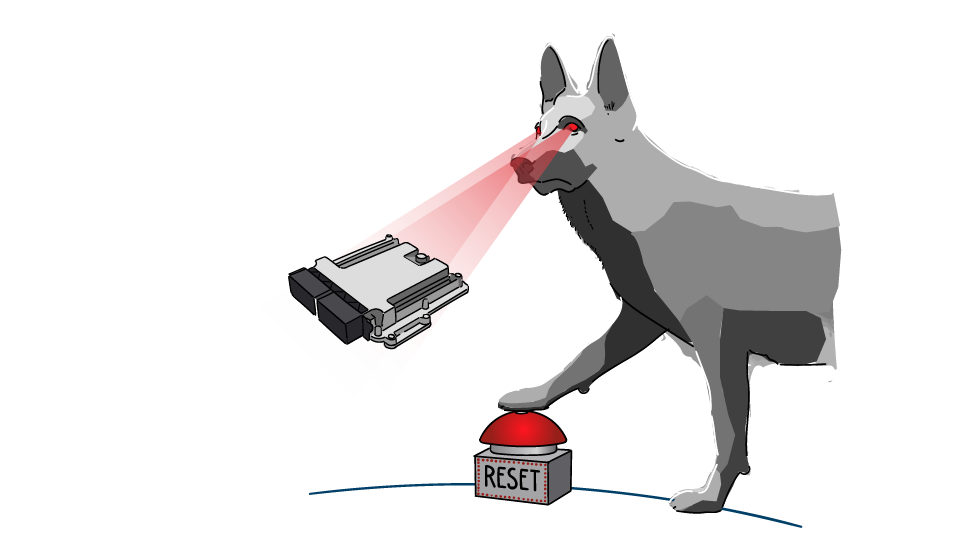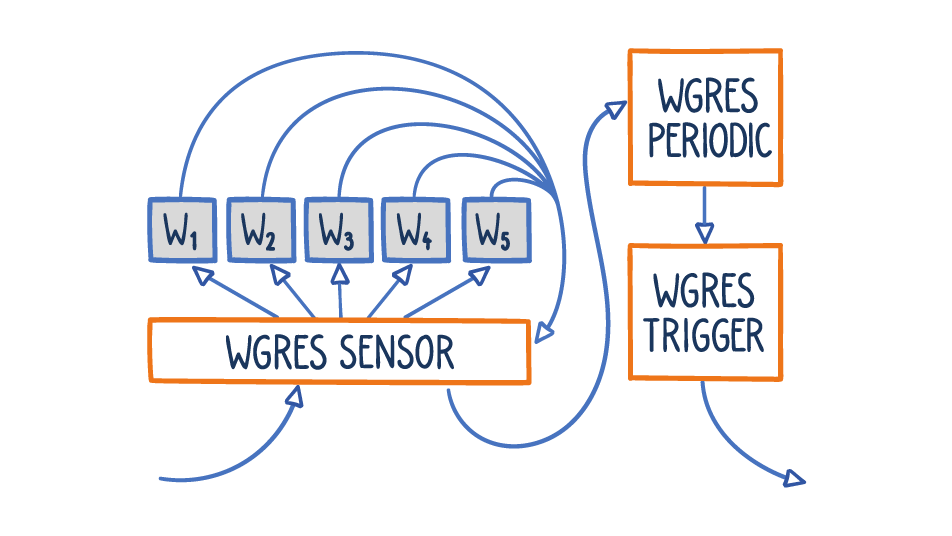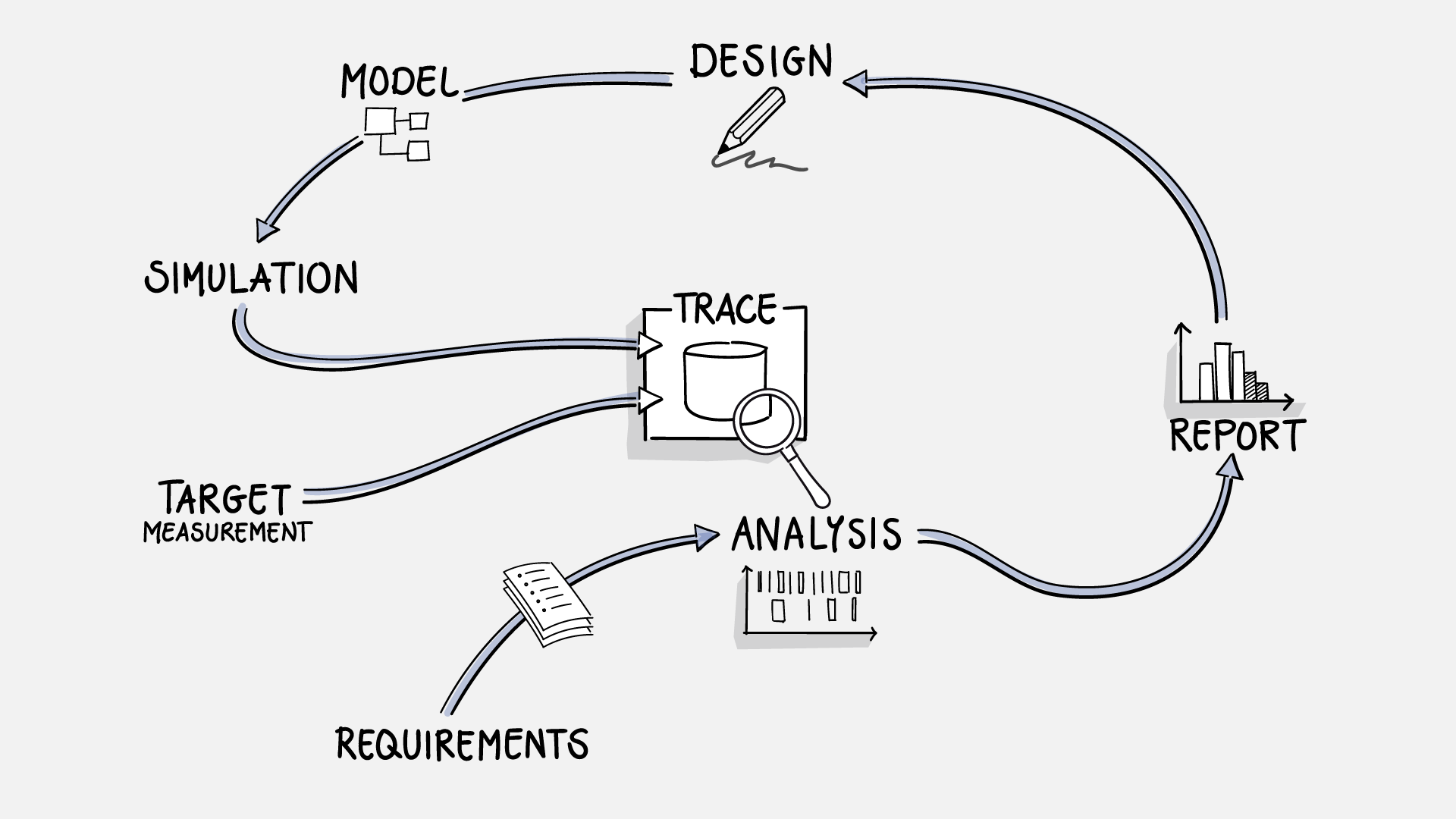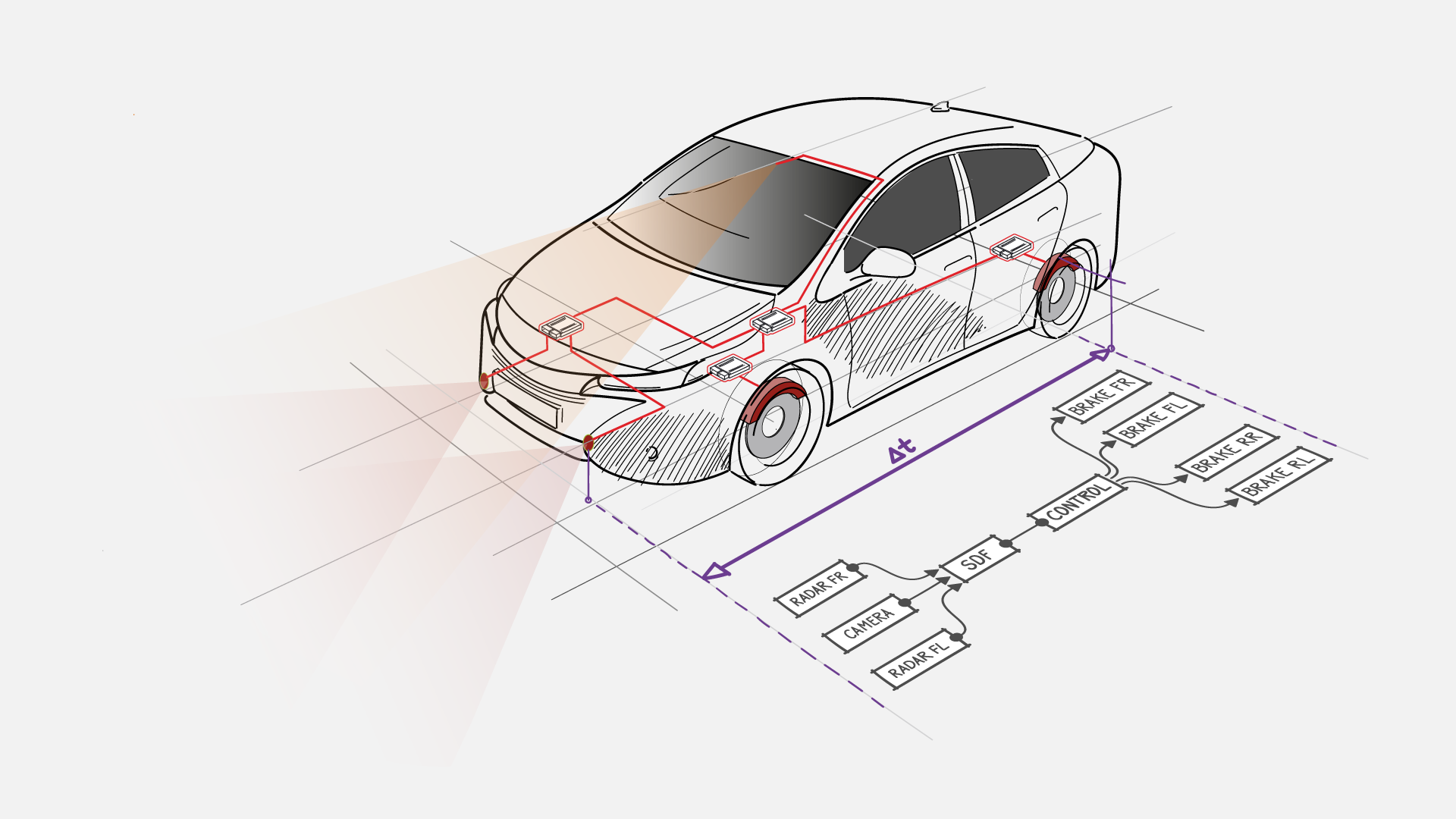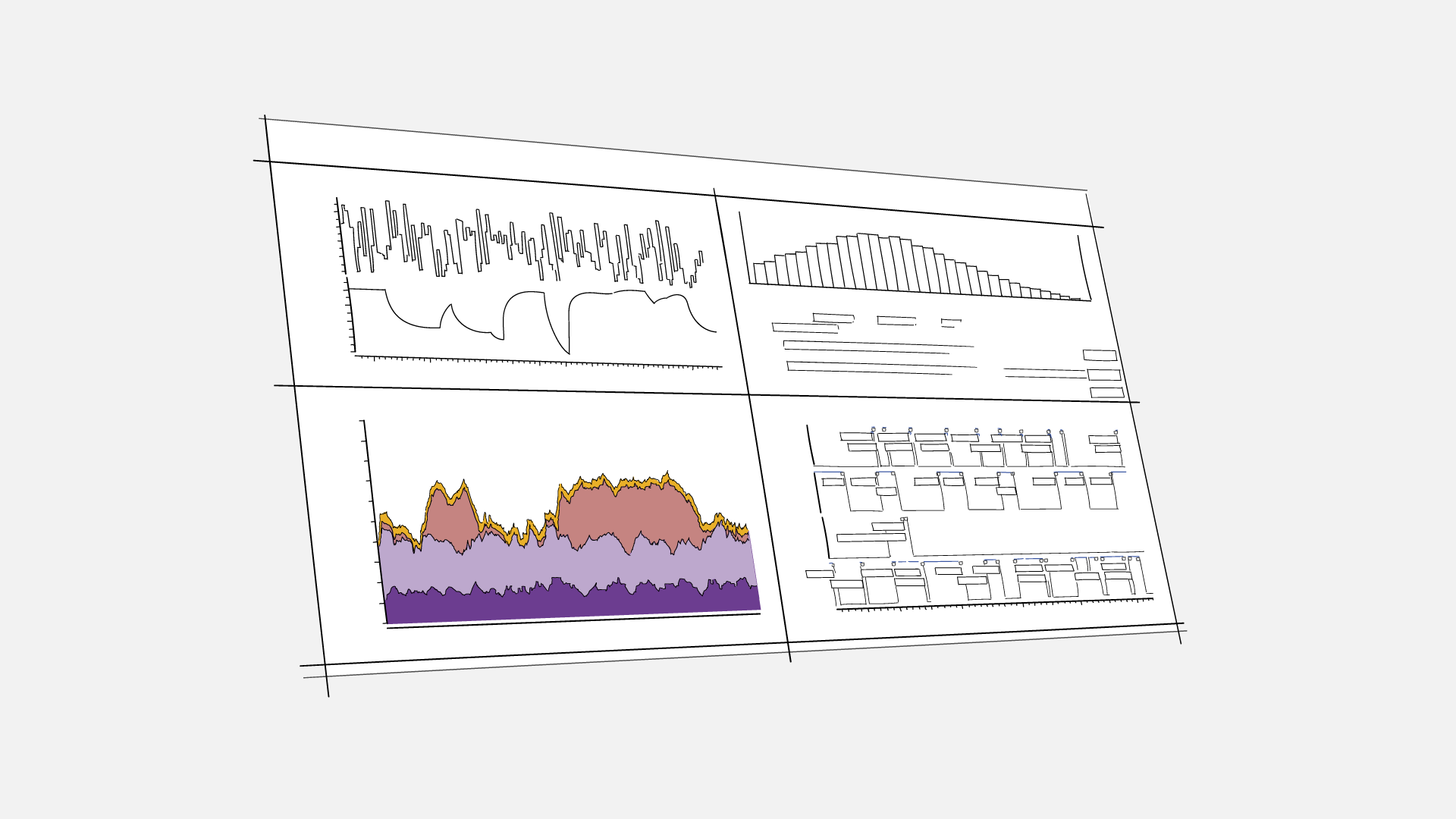Timing Effects on Safety Mechanisms
What happens when fault-tolerant time intervals fail to meet their defined timings. The challenge is that timing is affected by the many concurrent software elements combined with task priorities and interruptions.
Testing all the many possible combinations in hardware is an extraordinarily difficult task.
We report how it is possible not to trigger the watchdog unnecessarily on this page:
Parallelism and Worker Threads
Automated Driving or Driver Assistance HPCs are typically built on an AUTOSAR Adaptive Platform (AP) or other middlewares running on a Posix-based operating system. Ensuring reliability and predictability is exceptionally challenging due to dynamic creation of processes and threads and potentially less deterministic scheduling. chronSUITE includes native support for modeling threads and thread pools to simplify the challenge for architects. It also supports the use of event chains to model end-to-end processing times, including steps running in dynamic threads. Architects can thus precisely identify timing-critical scheduling sequences and plan deterministic execution, even on HPC systems.
Verification of Timing and Performance Requirements
Timing and performance requirements must be continuously monitored during the development life cycle guiding architectural design decisions and optimizing the allocation of resources. To efficiently handle the vast number of requirements, means to automate the verification process are needed.
Trace data obtained by virtual prototyping and simulation or by measurements on the target hardware is uploaded to a dedicated test system running the actual trace analysis solution. Here data from multiple ECU sources is merged, synchronized and afterwards verified against the set of timing and performance requirements. Eventually, an evaluation report is generated, and notifications to interested stakeholders are sent out.
End-To-End Analysis of Distributed Functions in Vehicle Networks
Distributed functions in vehicle networks, in which actuators must react to signal changes under hard real-time constraints, depend on the functional and temporal consistency of the underlying sensor signals. It is therefore not surprising that asynchronous or late processing of signals is a common cause of system failure, especially in the autonomous driving domain.
Engineers who are challenged to find the most efficient embedded design solutions need methods and tools that focus on the tracing of signals along process execution and message communication paths.
One method that has proven itself in automotive systems development is event chains: a temporally ordered sequence of correlated events, that can be observed or measured in a system, is referred to as a chain of events, or event chain. Considering the influence of both the hardware and the software, this method can be used by control and system engineers to define the scope of safety and real-time requirements in a way that is eligible for timing analysis and formal verification tools.
Visualization and Statistical Evaluation of Trace Data
In embedded systems development, a comprehensive understanding of the real-time behavior is a fundamental prerequisite for reliable and robust architectures as well as for the efficiency of underlying design and analysis processes. Due to the multitude of system parameters and configuration options that have to be considered, debugging runtime issues and performing a comprehensive failure analysis within the scope of limited project resources is a very challenging task. It is often the combination of rare events that ultimately lead to a system failure, such as an interrupt burst, the prolonged execution of a high priority task, or a function that receives a signal a little late or too early.
It is an open secret that root cause analysis accounts for 80% of the time it takes to fix an error. An intuitive measurement and trace visualization with well-designed graphs and diagrams in combination with statistical evaluation tools enable the user to view and analyze the system under test from many different perspectives. Focusing on RTOS scheduling and time series data, chronVIEW is the right tool for system architects and engineers who need a thorough understanding of the data and control flow, the scheduling effects and resource utilization as well as the overall timing behavior.


